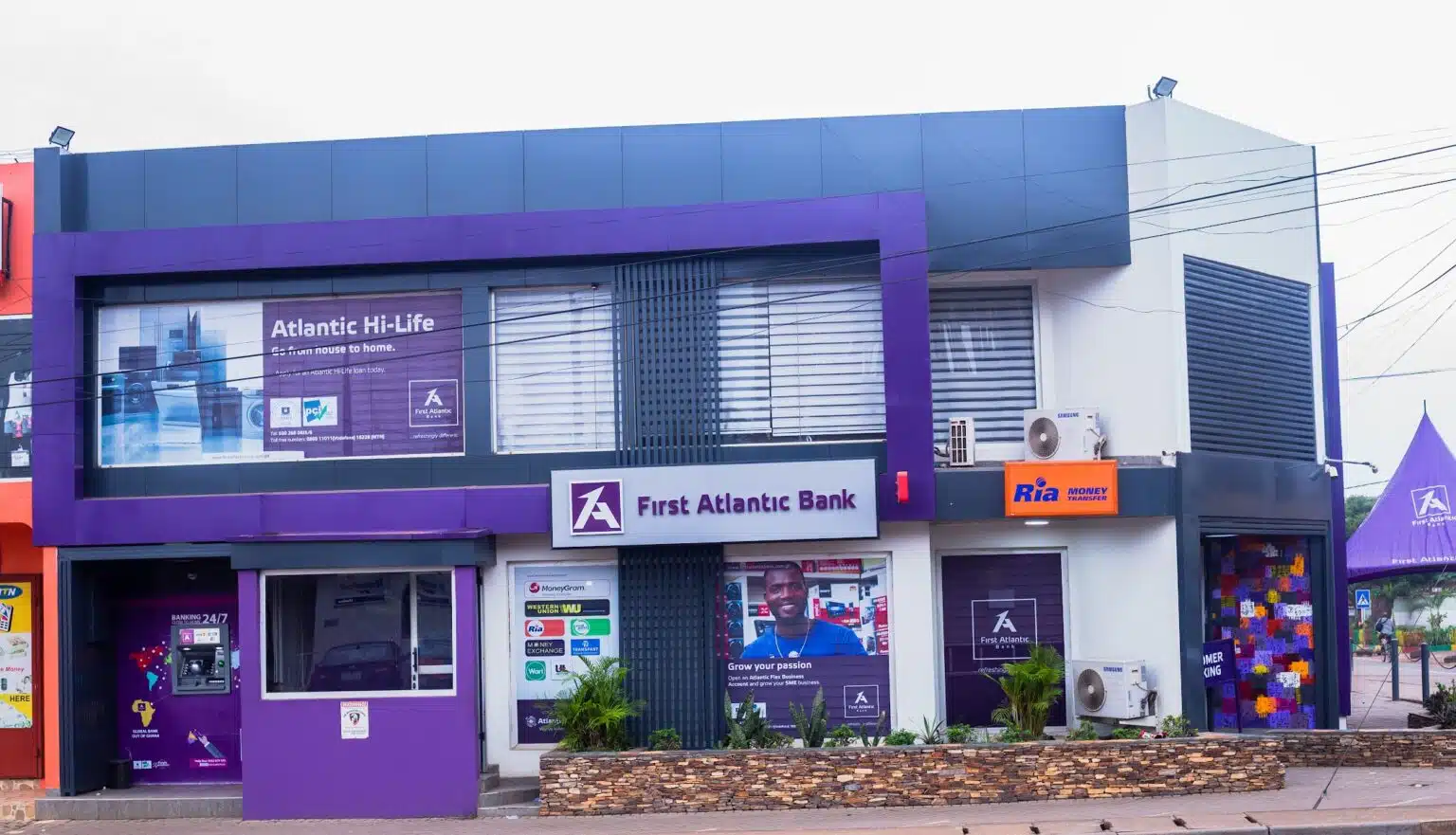FirstRand Namibia’s non-performing loan (NPL) ratio remained at 6.0% for the six months to December 31, 2024, matching the Bank of Namibia’s (BoN) supervisory threshold and potentially exposing the lender to regulatory intervention.
The central bank has previously warned that institutions breaching this level could face measures such as higher capital requirements, dividend restrictions, or cease-and-desist orders.
According to FirstRand Namibia’s interim financial statement, total non-performing loans rose to N$2.48 billion ($130.6 million) from N$1.99 billion ($103.4 million), marking only a marginal improvement from the 6.1% reported in June 2024.
Its credit impairments also climbed during the period review to N$263 million ($14.3 million) from N$191 million ($10.3 million), lifting its credit loss ratio to 0.7% from 0.5%.
The BoN has been particularly watchful of credit risk in the wake of the pandemic, acknowledging that banks have struggled to bring NPL ratios below the regulatory threshold.
“This decision reflected post-Covid-19 conditions, where banks consistently operated above the 4.0% trigger due to elevated non-performing loan (NPL) levels,” the apex bank explained in a November report.
Beyond asset quality concerns, FirstRand Namibia’s core operations remained strong. The bank reported a 10.8% increase in headline earnings to N$926 million ($50.36 million), supported by a 13% rise in net interest income (NII) to N$1.66 billion ($87 million) and a 9.8% increase in non-interest revenue (NIR) to N$1.34 billion ($72.8 million).
As of December 2024, NII accounted for 55.2% of total revenue, up from 54.5% in the previous year, while NIR contributed 44.8%, compared to 45.5% in 2023.
Net fee and commission income, which represented 84.7% of total NIR, grew from 83.8% a year earlier, supported by a 7.2% rise in active customers to 787,294 and an 8.3% increase in transaction volumes to 26 million.
Operating expenses increased 8.1% to N$1.39 billion, though the bank maintained cost discipline, reducing its cost-to-income ratio to 46.4% from 48.3%, keeping it below the 50% threshold.
Additionally, salary costs, which make up 56.8% of total expenses, rose 5.0% to N$791 million ($42 million), reflecting annual wage adjustments and a 2.9% increase in headcount to 2,335 employees.
While FirstRand Namibia has demonstrated resilience and a commitment to revenue diversification, its ability to navigate regulatory scrutiny and further de-risk its loan book will be key to avoiding more stringent supervisory measures.






